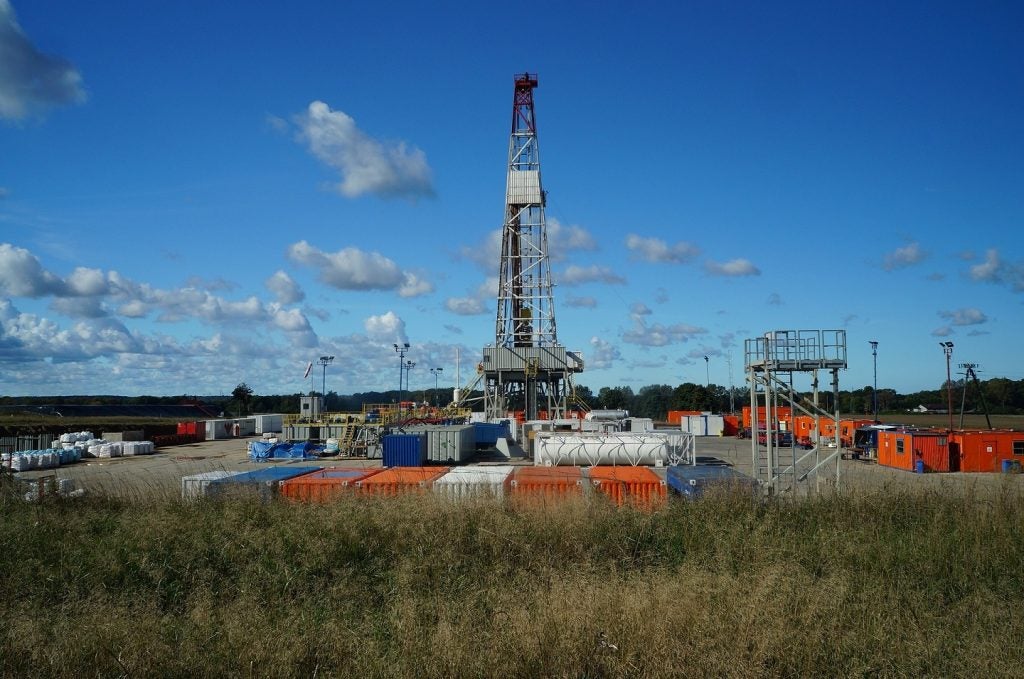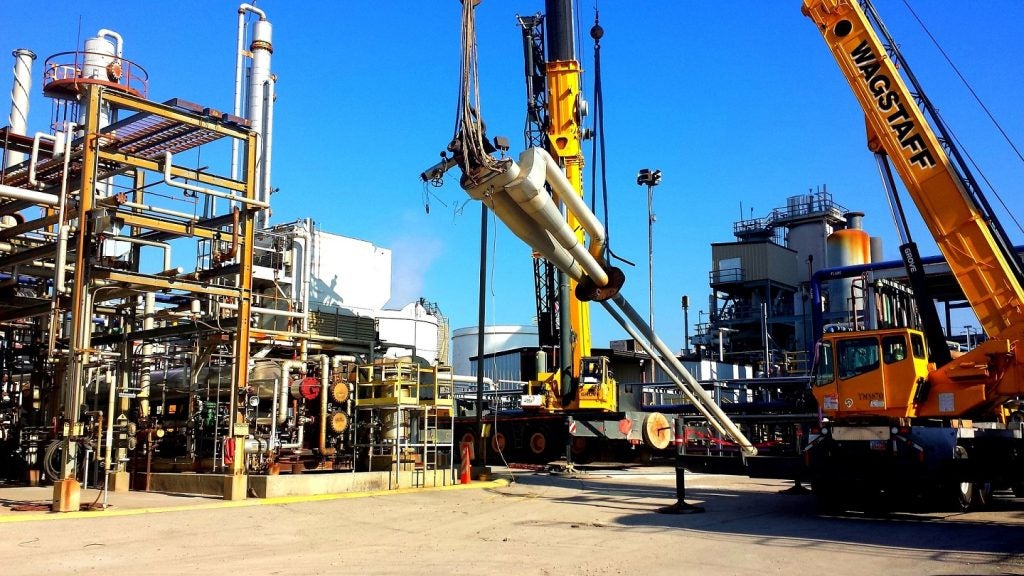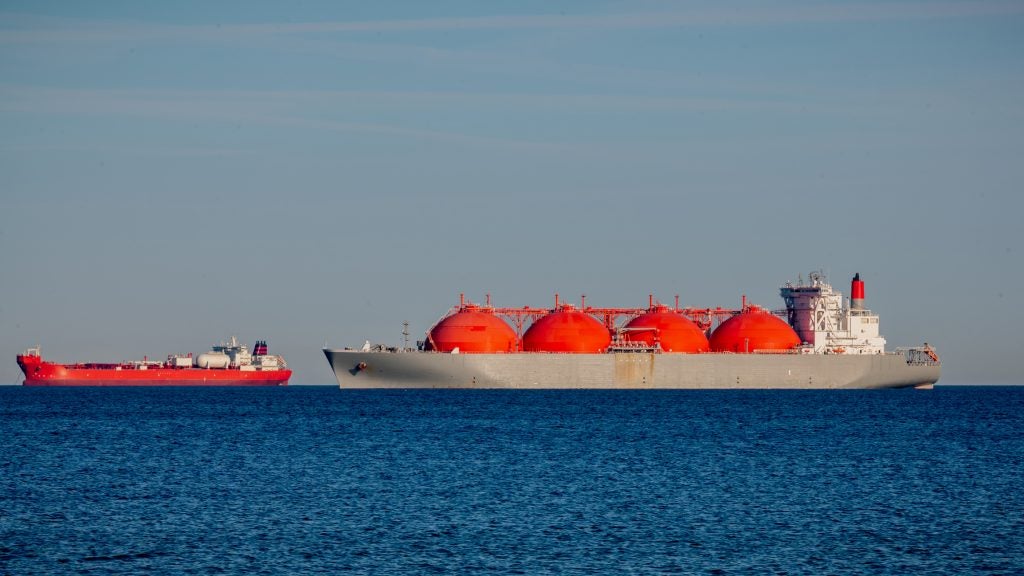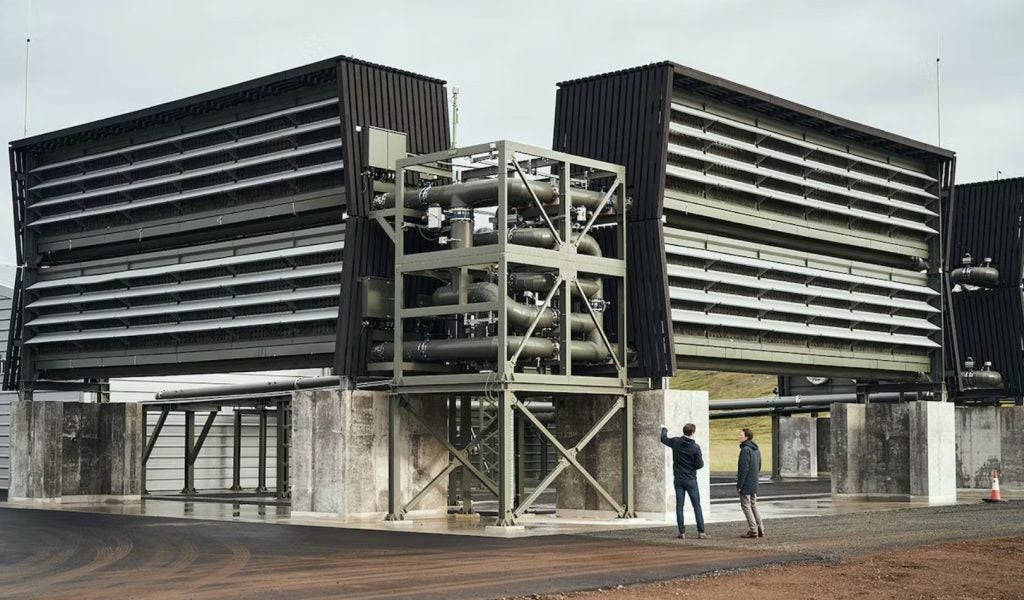Tellurian is weighing the sale of its Haynesville upstream assets across East Texas and Louisiana.
As part of this move, the company has engaged financial services company Lazard as its financial advisor to explore the sale.
The sale forms part of Tellurian’s efforts to raise capital for its proposed Driftwood LNG project in Lake Charles, Louisiana.
Tellurian CEO Octávio Simões said: “As we commercialise Driftwood LNG, Tellurian has been reviewing its strategy, including the dynamics of the US natural gas market in the context of global LNG [liquefied natural gas] demand.
“We have concluded that there are alternative gas supply strategies available to us from various basins and our ownership of upstream assets is not necessary at this stage of Tellurian’s development. We have a substantial number of drilling locations that we believe will be highly attractive to oil and gas producers that can develop them more quickly than we would.”
Investment banking firm Roth MKM has estimated the value of the Haynesville asset at approximately $365m, reported Reuters.
The Driftwood LNG project is designed to produce up to 27.6 million tonnes per annum of LNG.
Last year, Reuters reported that Tellurian was in talks with potential equity partners for its Driftwood LNG project.
However, the company has faced challenges in attracting commercial support and has not yet reached a final investment decision on the LNG project.
For the quarter ending 30 September 2023, Tellurian reported production of 19.5 billion cubic feet of natural gas.
The company's assets in the Haynesville region include 31,149 net acres, interests in 159 producing wells and potential for more than 400 drilling locations.
Simões added: “By unlocking the full value of these high-quality assets, we aim to substantially reduce our debt, further reduce our general and administrative expenses, and provide additional cash, enabling us to develop Driftwood LNG. Currently, this approach is more attractive than issuing equity to fund our 2024 development activities and working capital needs.”















